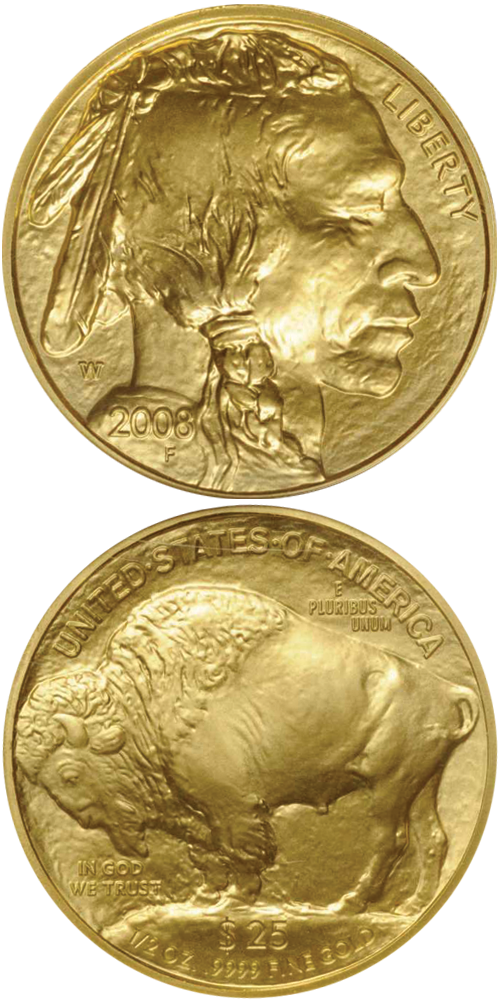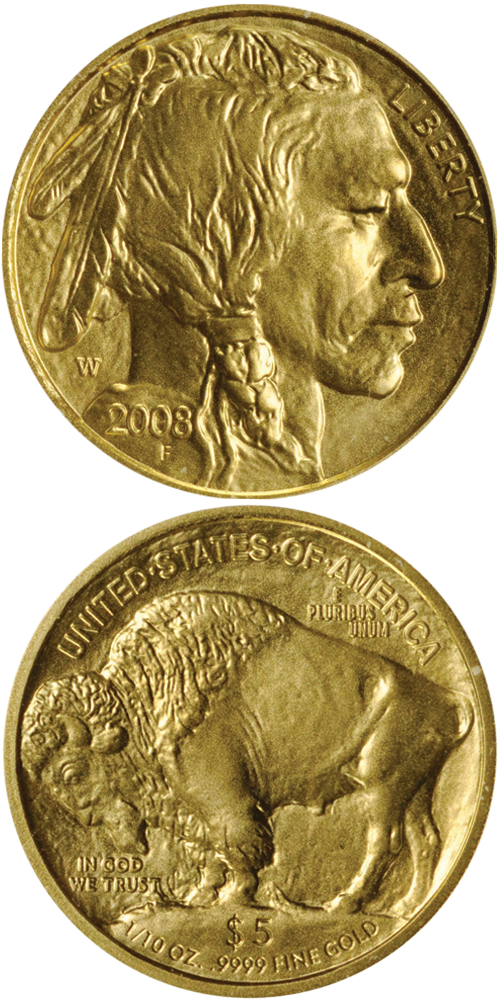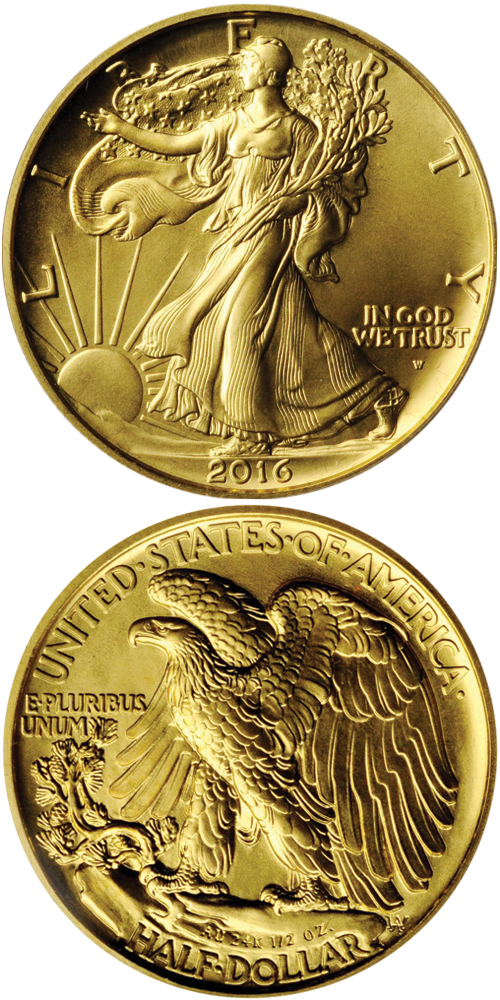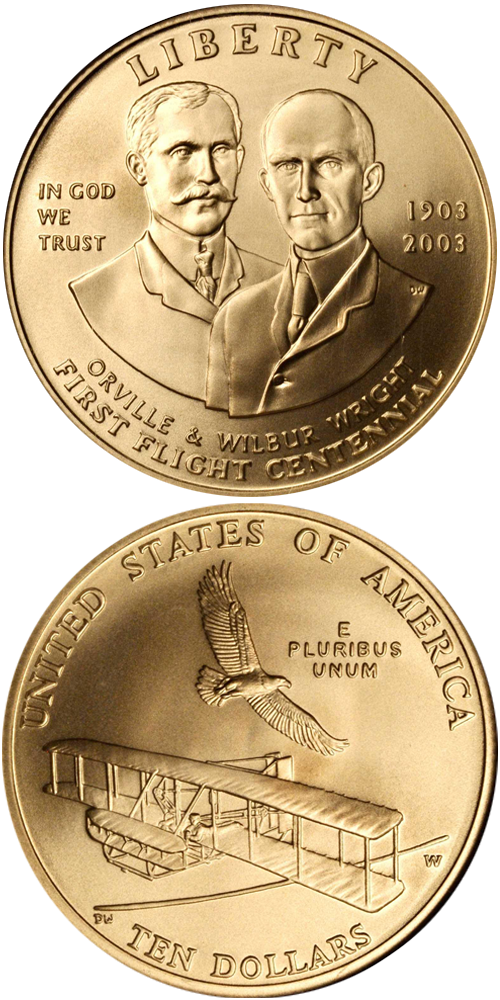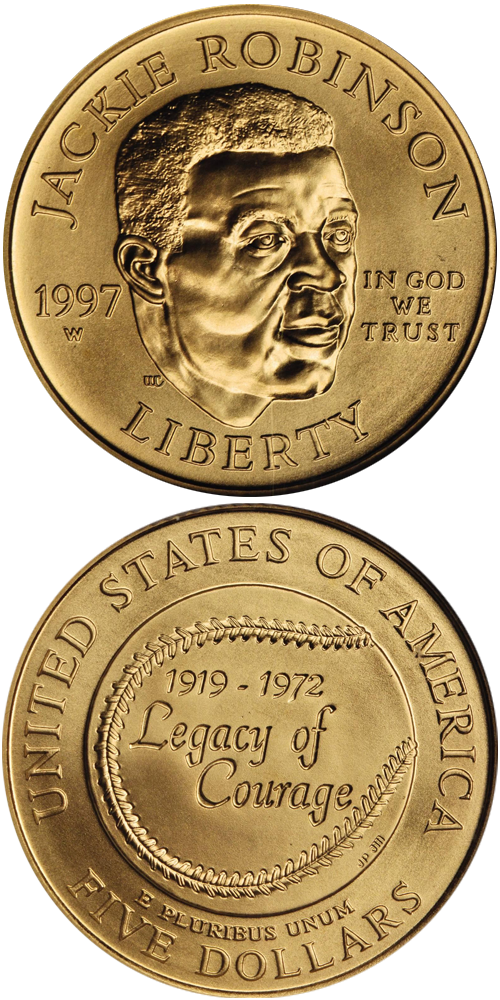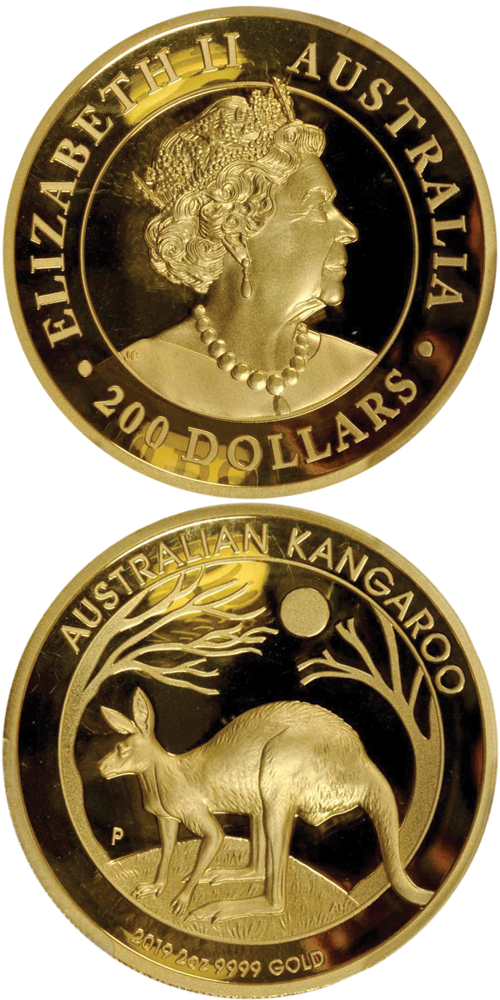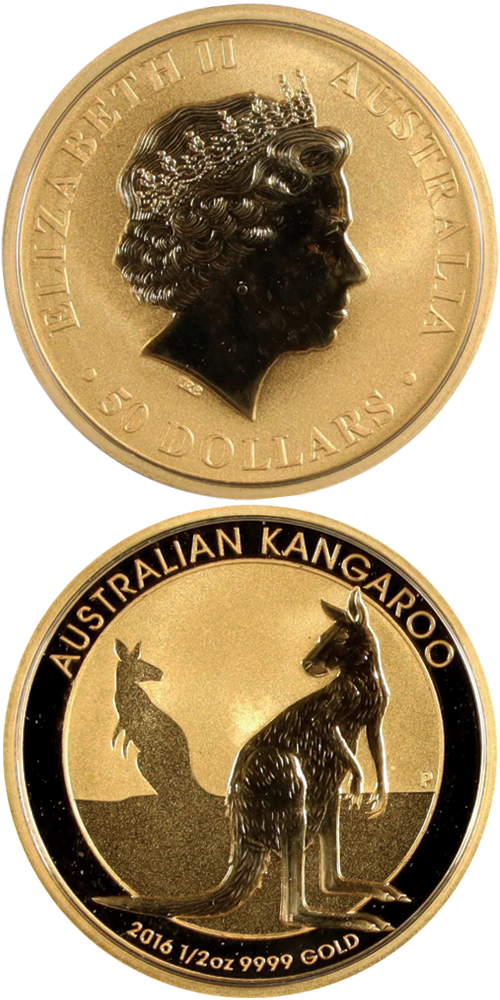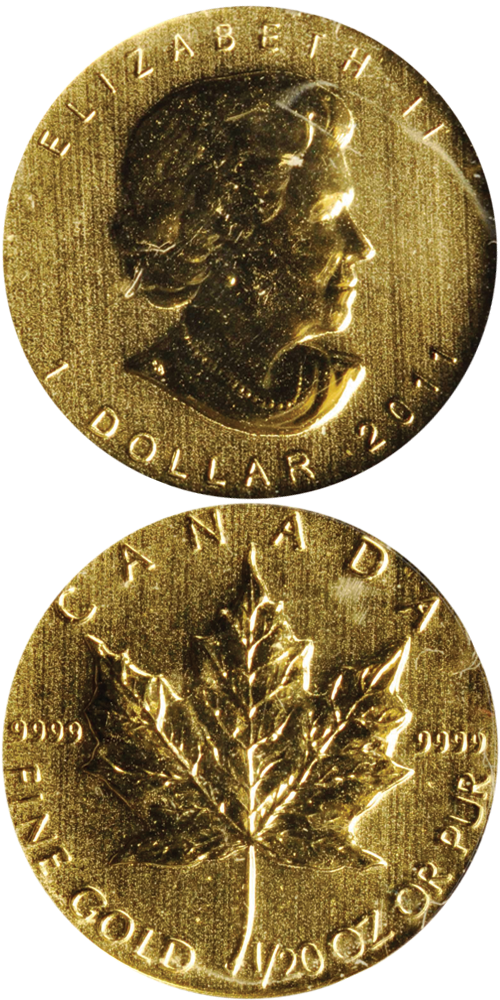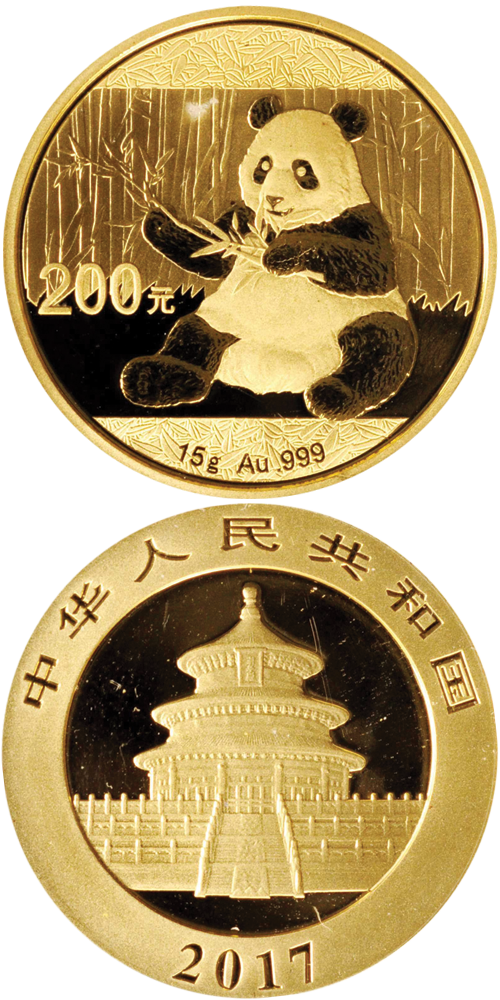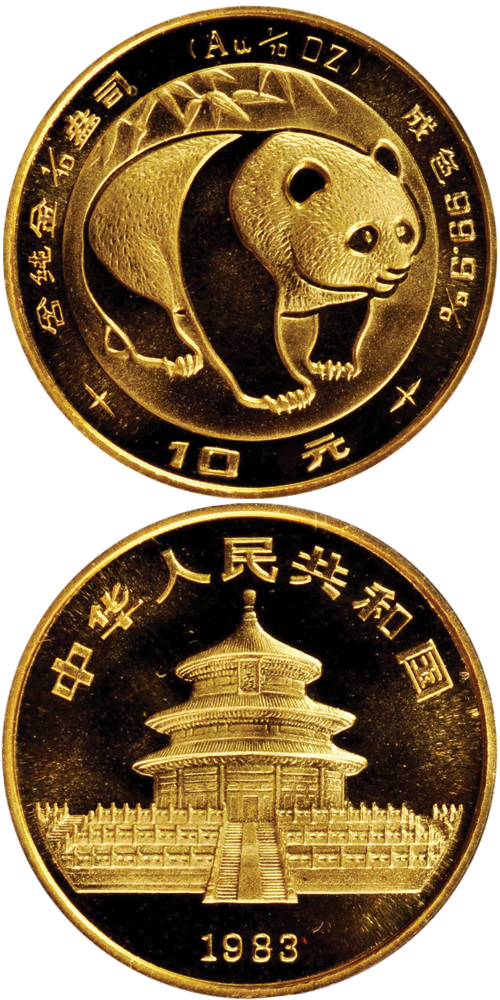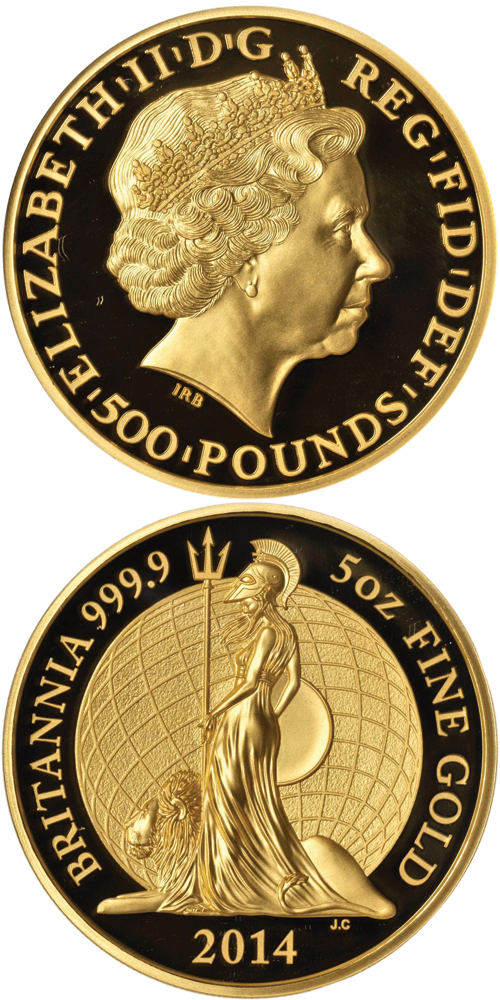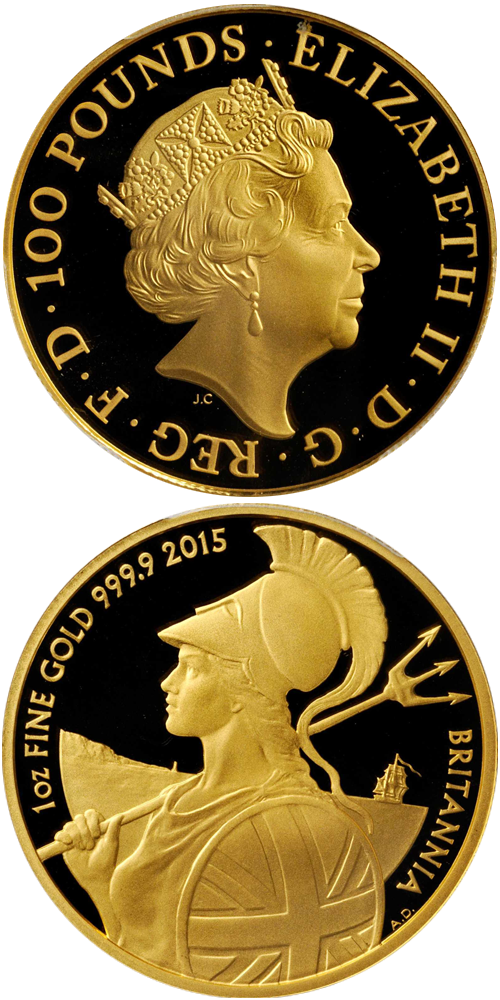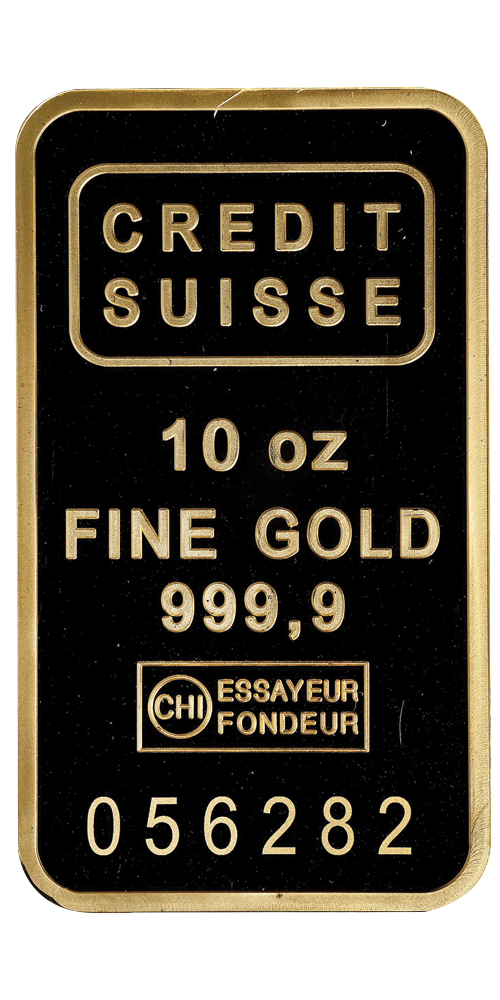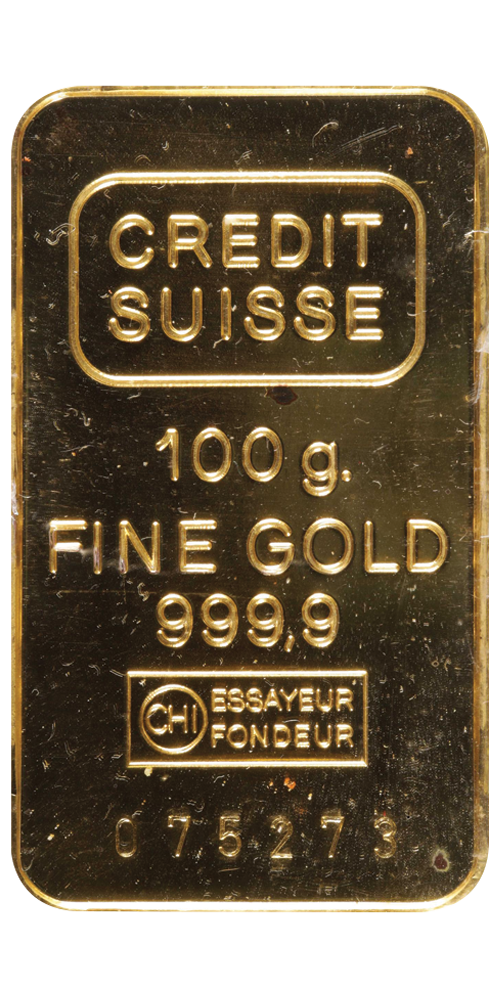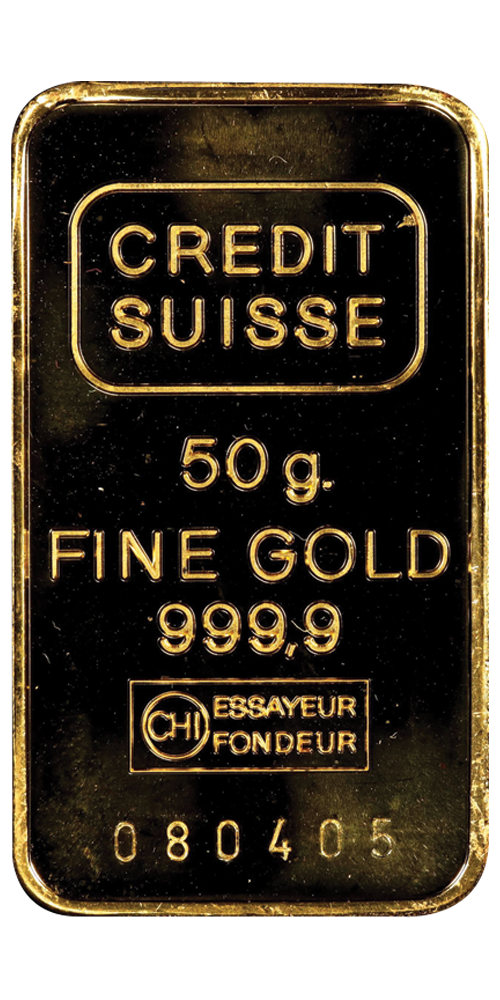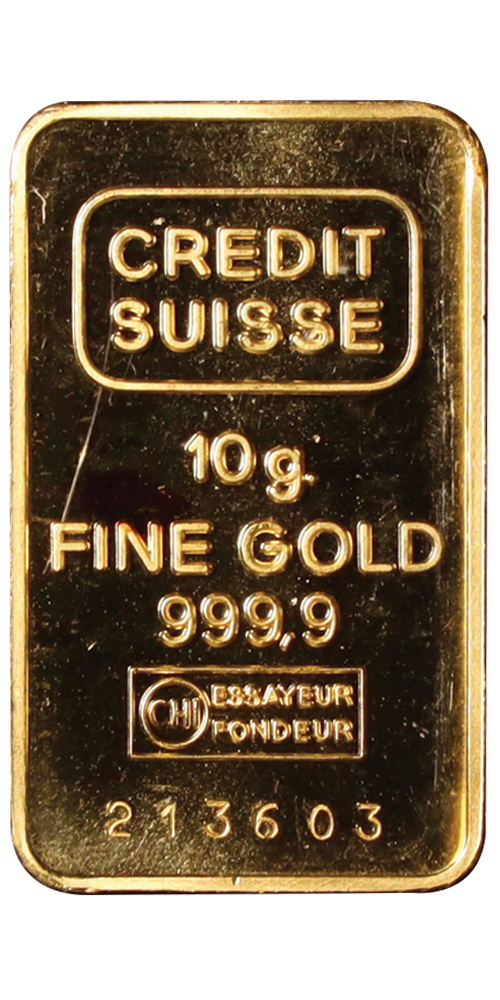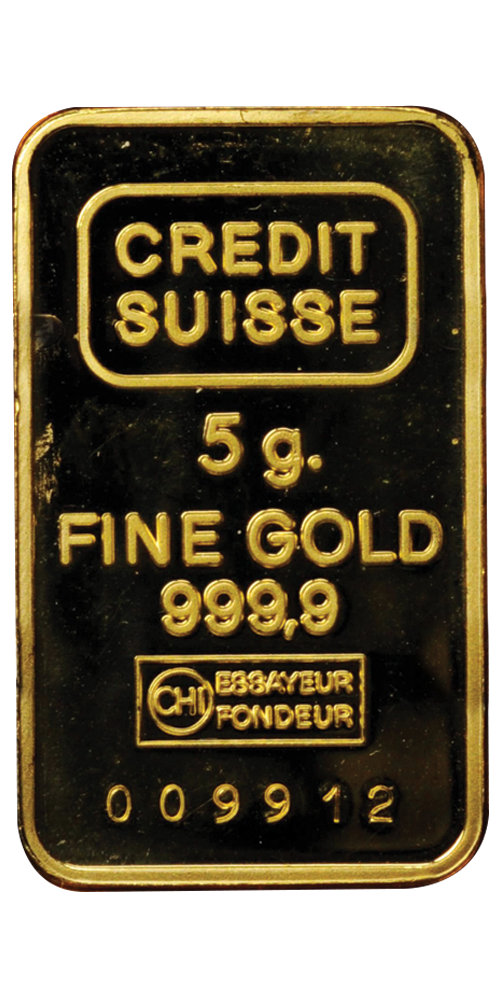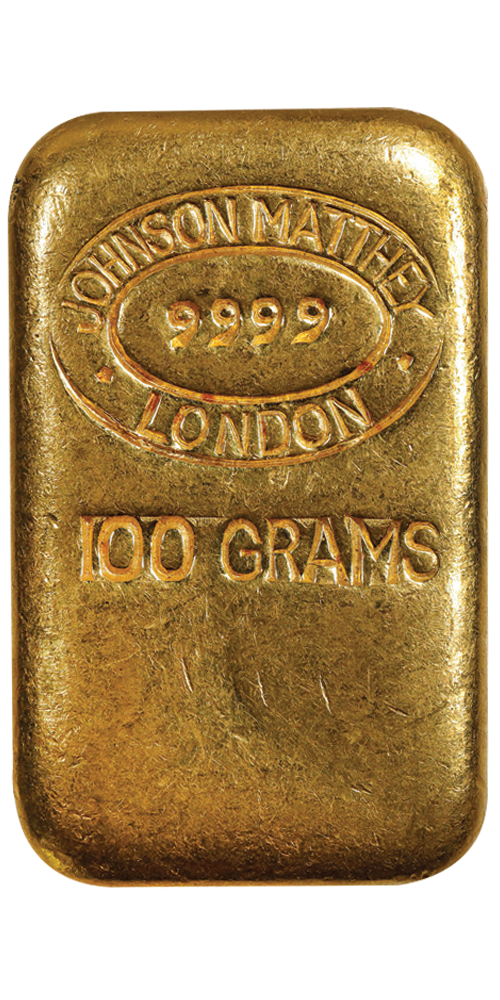Gold, the soft, lustrous, yellow precious metal, has been sought and treasured by humankind since ancient times. The Greeks found it in riverbeds in Asia Minor and used it to craft some of the world’s first coins, those struck more than 2,600 years ago by King Croesus of Lydia.
The Egyptians brought gold down the Nile from Nubia, and both the Roman and Byzantine empires struck magnificent gold coins that are prized by today’s collectors. Across the Atlantic, the ancient American Indian civilizations of Mexico, Peru, and Colombia fashioned exquisite ornaments from the yellow metal they called the Tears of the Sun.
Gold coinage returned to Western Europe in the late Middle Ages with great international coins called the Florin and Ducat. For centuries, governments and peoples have esteemed gold as a universal store of value, a primary source of portable wealth, the gleaming standard against which the value of all other things could be reliably measured.
The supply of gold is limited, and no more than 200,000 tons of the precious metal have been produced in all human history. A single cube measuring 69 feet on one side would contain all the gold ever mined. Demand for gold has steadily increased in recent years for jewelry, coinage, electronics, and dentistry. Although production has increased, demand has always outstripped it and gold is as rare today as ever.
Leading nations abandoned gold coinage after the First World War, but the revolution, runaway inflation, economic and political upheavals that followed reinforces gold’s importance in the economic discipline of governments. Today, as in past years, “as good as gold” holds true for governments as well as individuals.
Today, gold coins are in demand all over the world. Classic older issues, modern commemoratives, and newer bullion gold coins are eagerly sought by collectors and investors. Older issues generally offer a numismatic premium as recognized collectibles. Modern bullion coins provide a convenient method of acquiring gold in standardized Troy ounces and fractions. Gold coins make unique and highly treasured gifts as well as valuable additions to a collection or portfolio.
Stack’s Bowers Galleries offers a wide selection of United States and world gold coins, enumerated below, each with detailed specifications listed below the coin. We invited you to look through these coins, and we would be happy to answer any questions you may have.






